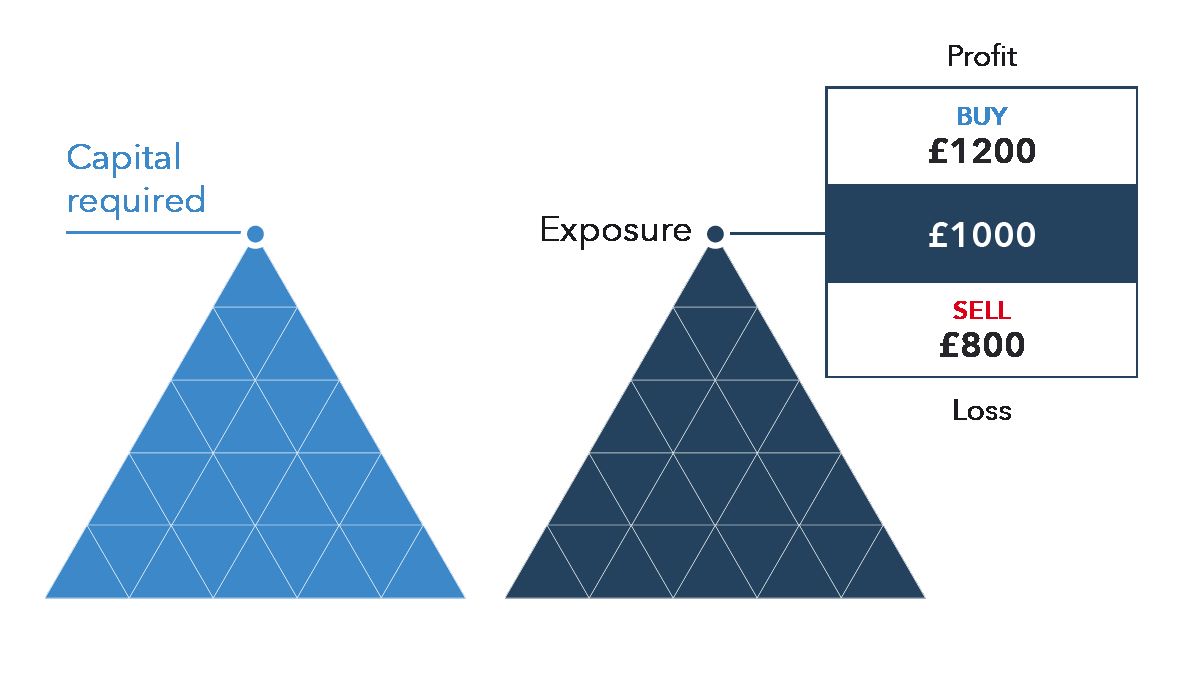

Finance
How Long Does Life Insurance Take To Kick In?
Modified: February 21, 2024
Find out how long it takes for life insurance to kick in and get the financial protection you need. Explore the finance aspect of life insurance and make an informed decision today.
(Many of the links in this article redirect to a specific reviewed product. Your purchase of these products through affiliate links helps to generate commission for LiveWell, at no extra cost. Learn more)
Table of Contents
Introduction
Life insurance is an essential financial tool that provides protection and peace of mind for your loved ones in the event of your untimely demise. It offers a financial safety net to ensure that your family is taken care of and can maintain their standard of living, pay off debts, and cover future expenses.
But how long does it take for life insurance to kick in? This is a common question asked by individuals looking to purchase a life insurance policy. The answer may vary depending on several factors, including the type of policy, the application process, and the underwriting requirements.
In this article, we will explore the timeline of how long it usually takes for life insurance to become effective. Understanding the process can help you plan and make informed decisions when it comes to selecting and applying for life insurance coverage.
So, let’s dive in and uncover the various stages involved in getting your life insurance policy up and running.
Understanding Life Insurance
Before delving into the timeline of when life insurance takes effect, it’s important to have a clear understanding of what life insurance actually is. Life insurance is a contract between an individual (the policyholder) and an insurance company. In exchange for regular premium payments, the insurance company promises to provide a death benefit to the policyholder’s beneficiaries upon the policyholder’s death.
Life insurance policies come in various forms, including term life insurance and permanent life insurance. Term life insurance provides coverage for a specific period, such as 10, 20, or 30 years, while permanent life insurance offers coverage for the policyholder’s entire lifetime. Permanent life insurance policies also have a cash value component that can accumulate over time.
The amount of life insurance coverage you need depends on various factors, including your income, debts, and financial obligations. It’s essential to assess your family’s financial needs and future expenses when deciding on the appropriate coverage amount.
Life insurance is a vital financial tool that provides financial protection for your loved ones, serving as a crucial aspect of your overall financial plan.
Now that we have a basic understanding of life insurance, let’s explore the process of obtaining coverage and how long it typically takes for the policy to become effective.
Application Process
The application process is the first step towards acquiring a life insurance policy. It involves providing the insurance company with necessary information about yourself, such as your age, gender, occupation, health history, lifestyle habits, and financial details.
To initiate the application process, you typically need to fill out an application form provided by the insurance company. This form will require you to provide personal information and answer questions related to your health and lifestyle. Additionally, you may need to submit relevant documents, such as medical records or financial statements, as requested by the insurance company.
It’s important to be thorough and accurate when completing the application form to avoid any discrepancies or issues during the underwriting process. Any incorrect or incomplete information could potentially lead to delays or even the denial of coverage.
Once you have submitted the application, the insurance company will begin the underwriting process to assess your insurability and determine the premium rate for your policy. The underwriting process involves evaluating your health, medical history, lifestyle factors, and other risk factors to determine the level of risk you pose to the insurance company.
Let’s take a closer look at the medical underwriting process and the impact it has on the timeline of when your life insurance policy takes effect.
Medical Underwriting
Medical underwriting is a crucial step in the life insurance application process. It involves the evaluation of your health and medical history to assess the risk of insuring you. The insurance company will review your medical records, consult with healthcare professionals if necessary, and may require you to undergo a medical examination or provide additional medical documentation.
The purpose of medical underwriting is to determine your overall health status and identify any pre-existing conditions or risky behaviors that may affect your insurability or premium rates. The insurance company wants to assess the likelihood of you passing away during the policy term and the potential financial risk they will assume.
The time it takes for medical underwriting varies depending on several factors, including the complexity of your medical history, the need for additional medical documentation, and the efficiency of the underwriting process of the insurance company.
Typically, the underwriting process can take anywhere from a few days to a few weeks. If you have a relatively simple medical history and no significant health issues, the underwriting process may be quicker. However, if you have a complex medical history, have undergone recent surgeries or treatments, or have pre-existing conditions, the underwriting process may take longer as the insurance company may need more time to review and assess your application.
It’s important to note that the underwriting process can be expedited by providing all necessary medical information and documentation promptly. The more organized and prepared you are, the faster the underwriting process is likely to proceed.
Once the underwriting process is complete and your application is approved, the insurance company will issue your policy. The next step is determining the effective date of your policy.
Let’s explore how the policy approval and effective date are determined.
Policy Approval
After the completion of the underwriting process, the insurance company will review your application and medical records to determine whether to approve or deny your life insurance policy. The approval process involves a careful evaluation of your risk profile, considering factors such as your overall health, lifestyle habits, and medical history.
During the policy approval stage, the insurance company’s underwriters assess the risk you pose and calculate the appropriate premium rate based on your risk level. If they determine that your risk is acceptable, your policy will be approved, and you will receive an offer or a formal policy document outlining the coverage details and premium amount.
If your application is approved, congratulations! You have crossed a significant milestone in the process of securing life insurance coverage. Now, let’s move on to the next step: determining the effective date of your policy.
The effective date is the date from which your life insurance coverage begins. It is crucial to know this date as it determines when your beneficiaries are eligible to receive the death benefit in the event of your passing.
The effective date of your policy is usually stated in the policy document provided by the insurance company. In some cases, the effective date may be retroactive to the date of application or the date of approval. This means that if something were to happen to you during the underwriting or approval process, your beneficiaries would still be eligible for the death benefit.
Alternatively, the effective date may be set to a future specific date, such as the date your first premium payment is received by the insurance company. This means that your coverage will begin on that designated date.
It’s important to carefully review the policy document and understand the effective date to ensure there are no gaps in coverage and that your loved ones are protected accordingly.
Now that we’ve covered the policy approval and effective date, let’s discuss the grace period associated with life insurance policies.
Policy Effective Date
The policy effective date is the date when your life insurance coverage begins. It’s important to understand and be aware of this date as it determines when your policy is in effect and when your beneficiaries are eligible to receive the death benefit.
The effective date of your life insurance policy can vary depending on the terms and conditions set by the insurance company. In some cases, the effective date may be retroactive to either the date of application or the date of policy approval. This means that if something were to happen to you during the underwriting or approval process, your beneficiaries would still be eligible for the death benefit.
Alternatively, the effective date can be set to a future specified date, such as the date when your first premium payment is received by the insurance company. This means that your coverage will begin on the designated future date.
It’s important to carefully review your life insurance policy document to understand the specific effective date outlined by the insurance company. This ensures that you have a clear understanding of when your coverage starts and when your loved ones will be protected in the event of your passing.
During the application and underwriting process, it’s crucial to provide all necessary information and documentation promptly to avoid any delays in policy issuance and the establishment of the effective date. The more efficiently you complete the required steps, the sooner your policy can become effective, providing you and your loved ones with the desired financial protection.
Additionally, it’s important to make your premium payments on time to maintain the continuous validity of your policy. Failure to make timely payments can result in a lapse or cancellation of your coverage, leaving your beneficiaries without the intended life insurance benefits.
Remember, the effective date of your policy marks the commencement of your life insurance coverage, and it is essential to stay informed about this date to ensure the timely protection of your loved ones.
Now that we’ve covered the policy effective date, let’s explore the grace period associated with life insurance policies.
Grace Period
A grace period is a specified period of time after the due date of a premium payment during which the insurance company allows you to make the payment without any penalties or policy cancellation. The length of the grace period can vary depending on the terms and conditions set by the insurance company but is typically around 30 days.
The grace period serves as a safeguard for policyholders who may experience temporary financial difficulties or forget to make their premium payment on time. During this period, your life insurance coverage remains in effect, and your beneficiaries would still receive the death benefit if you were to pass away.
It’s important to note that the grace period should not be seen as an opportunity to neglect premium payments. While it provides temporary flexibility, consistent and timely premium payments are crucial to maintain the continuous validity of your policy.
If you fail to make the premium payment within the grace period, your policy may lapse or be canceled by the insurance company. In such cases, your coverage would cease, and your beneficiaries would not be eligible for the death benefit.
It’s important to carefully review your life insurance policy document to understand the specific details regarding the grace period. Knowing the duration of the grace period and the consequences of late payments can help you plan and ensure the uninterrupted coverage for your loved ones.
Additionally, it’s a good practice to set up reminders or automatic payment methods to avoid missing premium due dates. This helps you stay on top of your life insurance policy and ensures timely payments for continued coverage.
Understanding the grace period and adhering to the premium payment deadlines is crucial to maintain the protection and financial security provided by your life insurance policy.
Now that we’ve examined the timeline and important aspects of when life insurance takes effect, let’s summarize the key points.
Conclusion
Life insurance provides valuable financial protection for your loved ones in the event of your passing. Understanding the timeline of when life insurance takes effect is crucial when considering and applying for coverage.
The application process involves providing information about yourself and undergoing medical underwriting to assess your insurability. The approval of your policy and the determination of the policy’s effective date follows the underwriting process. It’s important to carefully review the effective date stated in your policy document to understand when your coverage begins.
Additionally, maintaining timely premium payments is crucial to ensure the continuous validity of your policy. The grace period provides a temporary window for premium payment flexibility, but consistent payments are necessary to avoid lapses in coverage.
By understanding the various stages involved in obtaining life insurance and the importance of adhering to payment deadlines, you can effectively protect your loved ones and provide them with financial security.
Remember to assess your life insurance needs, select the right coverage amount, and choose a reputable insurance company to ensure you have the appropriate level of protection for your unique circumstances.
Consult with a financial advisor or insurance professional to gain personalized insights and recommendations tailored to your specific situation.
Now that you are equipped with the knowledge of the life insurance timeline, you can confidently navigate the process and make informed decisions to safeguard the future of your loved ones.














